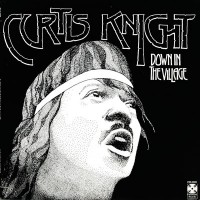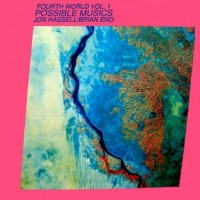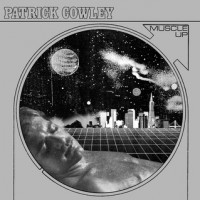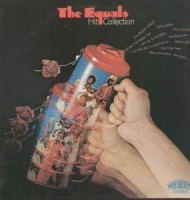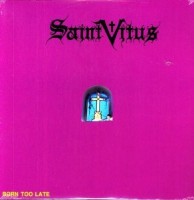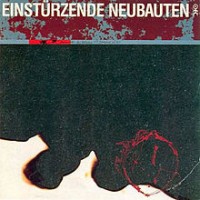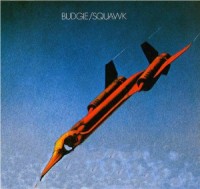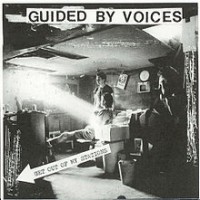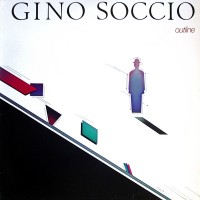
Remember that one time the flamboyant guitarist for prog-rock juggernauts like Gong, Khan, Arzachel, Clearlight, etc. cut a New Age album around the time the Pop Group’s Y, Wire’s 154, PiL’s Metal Box, and Gang Of Four’s Entertainment! were coming out? Oh, you forgot? Well, here’s a handy reminder. Steve Hillage’s Rainbow Dome Musick is the proto-chillout record of your mildest dreams (compliment!). It’s no surprise that Hillage later went on to collaborate with the Orb in the ’90s. It’s a bit of a surprise that he went full-on techno with his System 7 project, along with Miquette Giraudy. But I digress.
Rainbow Dome Musick—on which Giraudy also appears—consists of two sidelong tracks: the 23-minute “Garden Of Paradise” and the 20-minute “Four Ever Rainbow.” Right away, with its sample of gently running water and tranquilly tintinnabulating and twittering synth emissions, “Garden Of Paradise” sets you at utmost ease. Every sound on this epic zoner seems purified and heavenly (including the Tibetan bells and lambent guitar trills), intended to induce only the most relaxing and beneficent vibes. And that approach makes some people angry, somehow. More highly evolved beings should luxuriate in the bubbly ethereality and levitational beauty Hillage conjures with the saintly patience of a licensed massage therapist. This track makes Popol Vuh sound like Slayer.
“Four Ever Rainbow” carries a bassier tone from the Moog synthesizer and is somehow even more languid and blissed out than “Garden Of Paradise.” Damn, Hillage was beating Klaus Schulze at his own game. This is the ultimate terminus of the hippie-rock trip, brothers and sisters. What began in complex guitar pyrotechnics and kinetic propulsion gradually downshifted into the flowing stasis and crystalized calm of New Age—an oft-scorned genre, but when done right, it’s an effective conduit to inner peace and profound mindfulness. And Rainbow Dome Musick is New Age done very right. -Buckley Mayfield


